
Is Peru Safe? Comprehensive Guide For American Tourists In 2025 | Travel Blog
Are you wondering, "Is Peru safe for travel?"
In short Yes, Peru is a safe destination for travelers! With its vibrant culture, stunning landscapes, and warm hospitality, many visitors enjoy their experiences without incident.
Like any travel destination, exercising common travel sense—such as avoiding areas known to be dangerous, in our experience at Voyagers, every country has its troubled zones and these make the news, while the rest of the country is completely safe (travelers usually do not have a reason to visit these areas or cities).
Common travel sense is important too, avoiding poorly lit areas at night and keeping an eye on personal belongings—can go a long way in ensuring a safe trip.
Statistically, travelers are not frequently targeted by serious crime; instead, petty crime, such as pickpocketing, may be a concern in crowded areas.
Table of content
Staying Safe in Peru
- The U.S. State Department advises Level 2: Exercise Increased Caution for Peru as of November 15, 2023. Once again, there are regions that have higher risks like the Columbian-Peruvian boarder in Loreto and VRAEM (Valle de los Ríos Apurímac, Ene y Mantaro), also cities like Ayacucho, Junin and Huancavelica. These are regions in Peru that have been associated with higher crime rates, we usually do not take travelers to these areas.
- Petty crime is common in cities like Lima and Cusco. Always watch your belongings and avoid showing off expensive items.
- Health safety is crucial; get vaccines like Hepatitis A, Typhoid Fever, and Yellow Fever before traveling. Only drink bottled water to stay safe.
- Avoid unlicensed taxis; use trusted apps like Uber but beware of scams. Plan ahead if traveling to remote areas.
- Respect local laws by carrying an ID or a photocopy at all times. Drug laws are strict, so avoid any illegal substances or actions while in Peru.
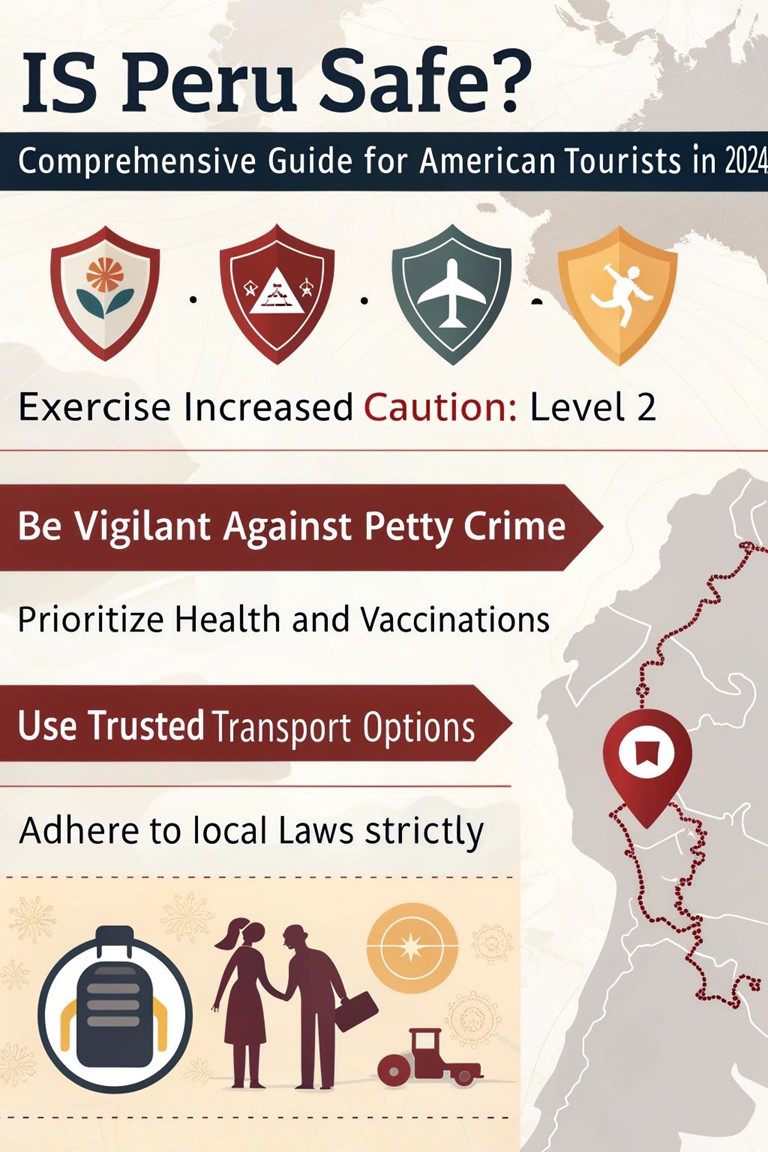
Guide and Escorted Tours in Peru
Voyagers Travel offers guide tours to Peru, these are supervised by our operations team, use licensed guides and transportation. All trips comply with international safety and comfort standards.
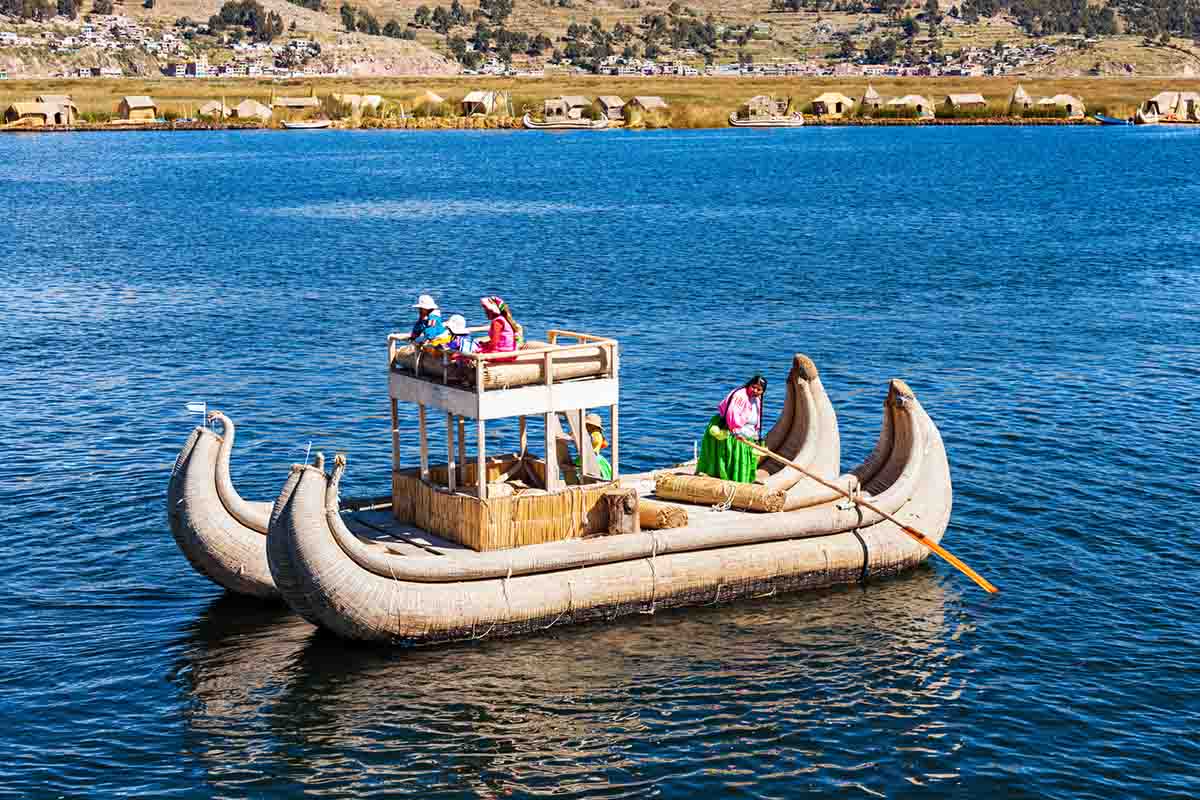 Discovering Peru Treasures
Discovering Peru Treasures
Unveil the mysteries of the largest Inca Ruins. Enjoy fantastic Peruvian cuisine. A cultural journey within the Sacred Valley.
From $3,699.00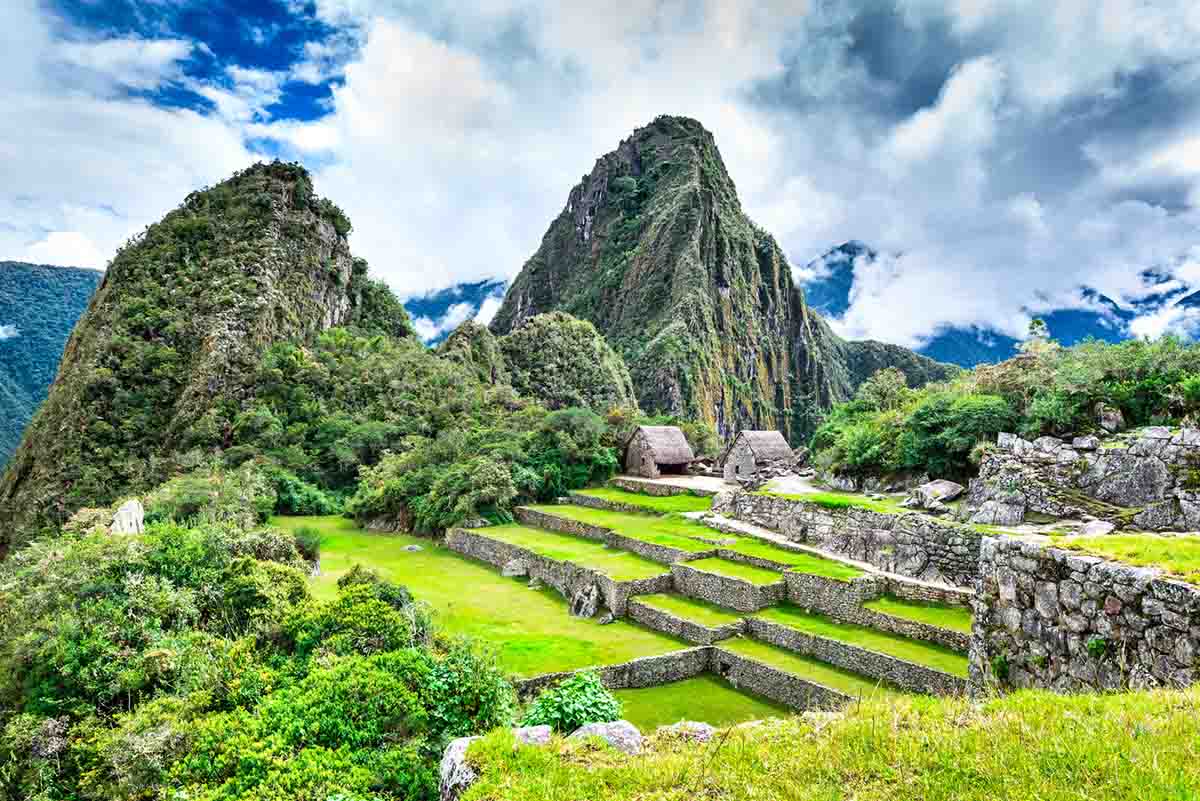 Machu Picchu Tour Package - Cusco To Salar De Uyuni - Peru
Machu Picchu Tour Package - Cusco To Salar De Uyuni - Peru
Explore Peru and Bolivia in 6 days: Cuzco, Machu Picchu, Lake Titicaca, and the stunning Salar de Uyuni.
From $2,026.00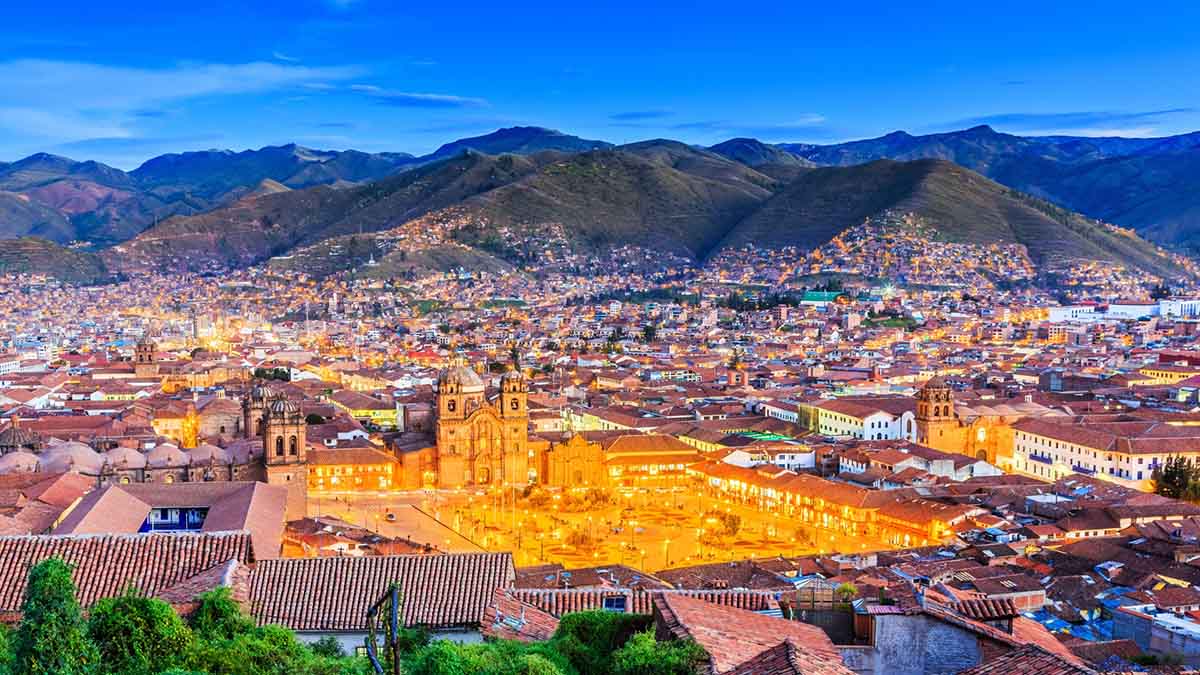 Peru By Belmond Tour
Peru By Belmond Tour
Experience an 8-day luxury tour through Peru, exploring Inca history and stunning landscapes with top amenities.
From $6,337.00Understanding The Safety Ratings and Advisories for Peru
The U.S. State Department has a current advisory for Peru. The Canadian government also provides important safety ratings for travelers.
U.S. State Department levels
The U.S. State Department, has a travel advisory system. It helps American travelers stay safe abroad. For Peru, as of November 15, 2023, the level is set at Level 2: Exercise Increased Caution. Canada also has a travel advisory service, as well as the United Kingdom and the Australian government.
This means you should be more alert but not cancel your plans.
There are several levels in each countries system. Using the U.S as an example: Level 1 is for usual precautions, so if you are visiting places like Machu Picchu, the Colca Canyon, Lake Titicaca, and Nazca lines and cities like Lima, Cusco, Arequipa, Puno like many other travelers your trip should be uneventful.
What does level 2 mean
Level 2 suggests that there are some regions within Peru that have higher risks, but many popular tourist destinations remain safe.
I signed up for the Smart Traveler Enrollment Program (STEP). It's a good way to get safety updates while traveling. Checking out security reports from the U.S and other embassies can also help keep you stay informed about current conditions in Peru.
Putting things into Context. Popular travel destinations have a Level 2 U.S. advisory:
Italy, Spain, Sweden
Many cities in the U.S. can be much more dangerous that countries on the higher levels of risk. For example Detroit and Memphis (people still visit staying away from risk areas)
For example, the French Ministry of Foreign Affairs warns French citizens about some urban areas in the US, including Boston and Atlanta.
Political Issues That Affect Safety
Like in any country, there can be strikes and marches when the population does not agree with a government decision.
Always stay alert during any demonstrations—they can turn violent quickly and block roads...making it tough to get around safely!
These events usually last a few hours, and in some extreme cases, they extend to a few days or weeks. They usually happen in specific areas close to government buildings and transport infrastructure. Of course, the event can stay in the news for a whole year after it occurred hurting a countries reputation and scaring travelers away.
Specific advisories for regions like VRAEM and border areas
Level 4 means Do Not Travel.
Some parts of Peru have higher risks like the Loreto Region near Colombia and the VRAEM area; these places are classified as Level 4 due to crime and conflict dangers.
The VRAEM region in Peru, including areas like Ayacucho and Cusco, is known for its high risk. This area sees a lot of crime due to drug trafficking. It's not safe to visit these places without good reasons.
Even the U.S. government has limited help available here in emergencies.
On the border with Colombia and Ecuador, things get dicey too. Drug trafficking is common, and there are landmines scattered around. The Colombian-Peruvian border area in Loreto Region is particularly dangerous due to criminal activity.
If you must go near these borders, be extra cautious and stay updated on safety news from sources like the Bureau of Consular Affairs.
Voyagers Travel does not send travelers to these areas.
Common Safety Issues in Peru
Peru is a beautiful country, as any other country in the world it has its risks. Travelers should be aware of their surroundings and take simple precautions.
Petty crime and theft
Petty theft is quite common in Peru. Urban areas like Lima and Cusco see most of the pickpocketing and muggings. Crowded places and public transportation are hotspots for these crimes.
Tourists should be extra careful with their belongings. Avoid showing off expensive items like jewelry or fancy gadgets. Some Uber scams involve premature ride pickups or overcharging, so double-check your fare before getting in.
Even at Machu Picchu, keep your bags close—petty crime doesn't take a vacation!
Common Ways of Stealing Your Belongings in Peru
When traveling in Peru, it's important to be aware of common tricks or schemes that thieves may use to steal belongings.
Here are some to watch out for:
- Distraction Techniques: For example, one thief might approach you asking for directions while an accomplice quickly takes your backpack or purse from behind.
- Fake Accidents and Food Spills: A thief might intentionally bump into you and spill a drink on your shirt, then help you clean it up while another thief picks your pocket.
- Public Transportation Scams: On a crowded bus, a thief may jostle you as they pretend to get off, creating a moment of distraction to swipe your phone or wallet.
- Friendly Locals: A seemingly helpful local may offer to take a photo of you and your group, but while doing so, they might subtly grab your camera or bag.
- Fake Police: A person posing as a police officer may approach you in a busy area, showing a badge and claiming they need to check your bag for illegal items while their partner waits to steal your valuables.
Staying vigilant and aware of your surroundings can help you avoid falling victim to these schemes.
Staying Safe in Specific Areas in Peru
Here is a short guide for the most popular visitor areas in Peru.
Staying Safe in Lima
When visiting Lima, the main risks include petty theft, such as pickpocketing.
Some neighborhoods that are generally considered unsafe, particularly at night, include:
- Callao: While it has some attractions, parts of Callao can be risky, especially after dark.
- La Victoria: Known for its markets, this area can be dangerous due to crime.
- San Juan de Lurigancho: This district is one of the largest in Lima and has areas with high crime rates.
To navigate the city safely, always stay aware of your surroundings and avoid displaying valuable items in public. Use reputable transportation options, such as registered taxis or rideshare services.
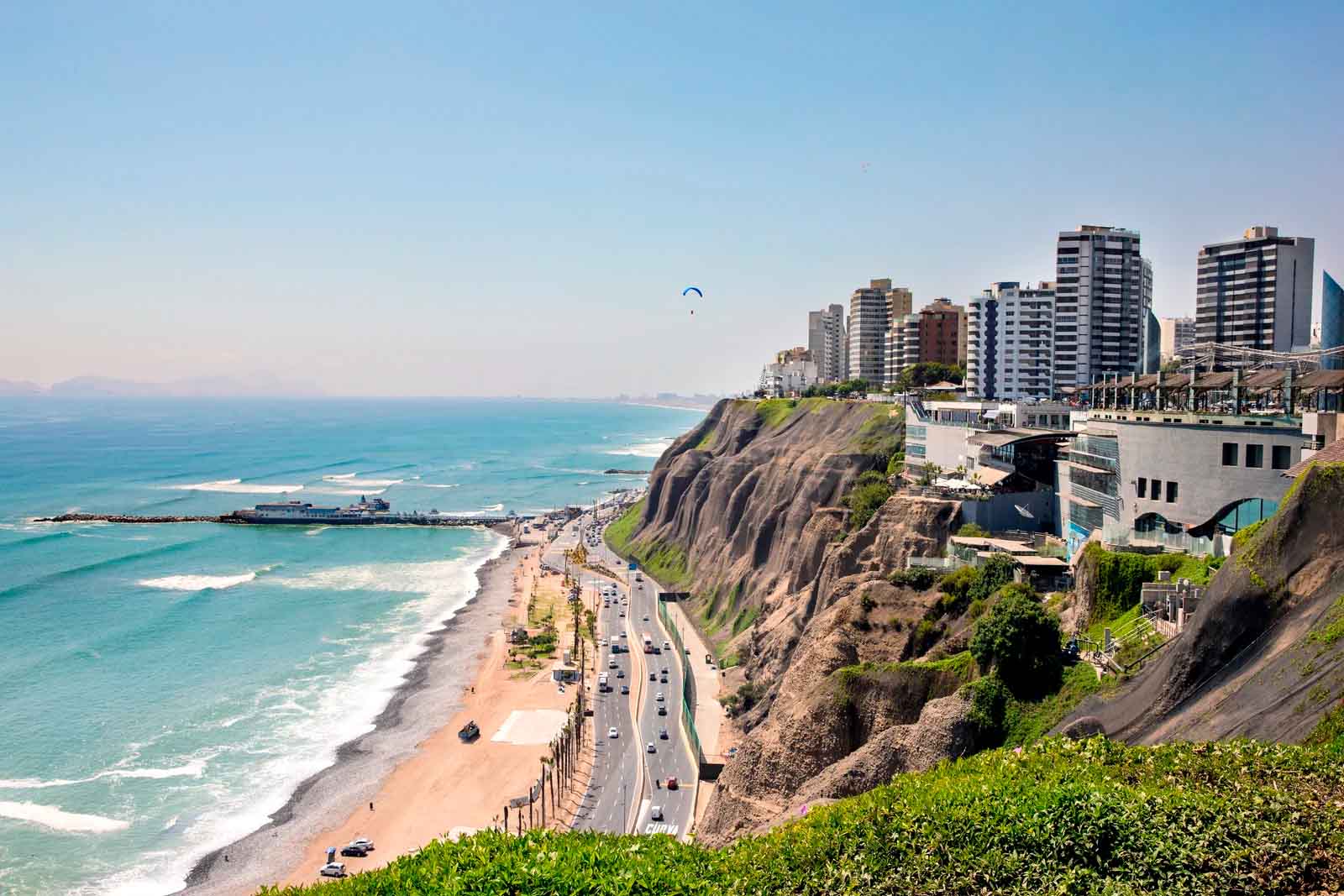
Staying Safe in Cusco
Cusco, a vibrant city rich in history and culture, requires some safety precautions to ensure a pleasant visit. Here are some tips to help you stay safe:
- Keep Valuables Secure: Use a money belt or neck pouch to keep your valuables safe and avoid displaying them in public.
- Use Reputable Transportation: Opt for registered taxis or ride-sharing apps rather than accepting rides from strangers.
- Limit Nighttime Outings: Try to avoid walking alone after dark, and stick to well-lit areas.
- Be Cautious with ATMs: Use ATMs in well-populated areas or inside banks for added security.
- Stay Hydrated and Acclimatized: To avoid altitude sickness, drink plenty of water and give yourself time to adjust.
By following these guidelines, you can enjoy your time in Cusco while staying safe.

Staying Safe in Machu Picchu
Visiting Machu Picchu is a thrilling experience, but it’s important to prioritize your safety while exploring this magnificent site. Here are some tips to help you stay safe:
- Stay Hydrated: Bring enough water for your visit. The altitude can lead to dehydration, so drink plenty of fluids.
- Wear Proper Footwear: Choose sturdy hiking shoes with good grip. The trails can be uneven and slippery.
- Follow the Trails: Always stick to marked trails to avoid getting lost. Straying off the path without a guide can be dangerous.
- Be Aware of Altitude Sickness: Take time to acclimatize to the altitude. Symptoms of altitude sickness include headaches, nausea, and dizziness.
- Use Sunscreen: The sun can be intense at high altitudes. Apply sunscreen regularly to protect your skin from sunburn.
- Keep Valuables Secure: Use a money belt or neck pouch to keep your valuables safe and avoid displaying them in public.
By following these tips, you can enjoy your visit to Machu Picchu while staying safe and secure!
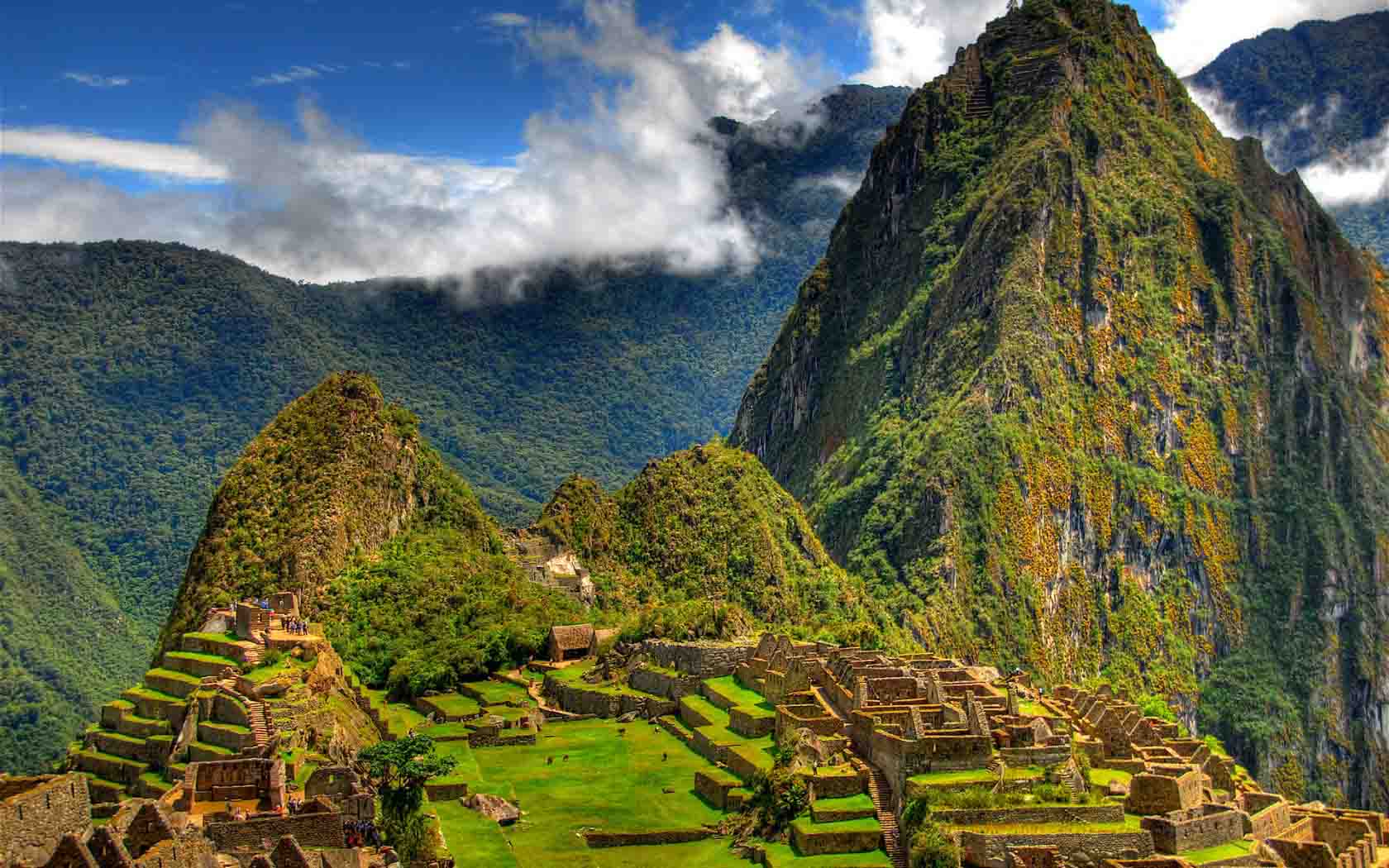
Staying Safe in Arequipa
Arequipa, known for its stunning architecture and beautiful landscapes, is a popular destination in Peru. Here are some tips to ensure your safety while enjoying your visit:
- Stay in Safe Areas: Choose accommodations in well-reviewed neighborhoods like Historical Center or Yanahuara, which are known for their safety and accessibility.
- Be Mindful of Your Belongings: Keep your valuables secure. Use a money belt and avoid displaying expensive items in crowded areas.
- Avoid Walking Alone at Night: Stick to well-lit areas and avoid isolated paths after dark.
- El Cercado: While the Historical Center is safe, parts of El Cercado can have higher crime rates, especially after dark. It's best to stick to well-lit and populated areas.
- Some Parts of Socabaya: This district can be less safe, particularly in the evening. Make sure to stay in well-trafficked areas.
- La Pampilla: Known for its nightlife, it’s advisable to be cautious and avoid walking alone late at night.
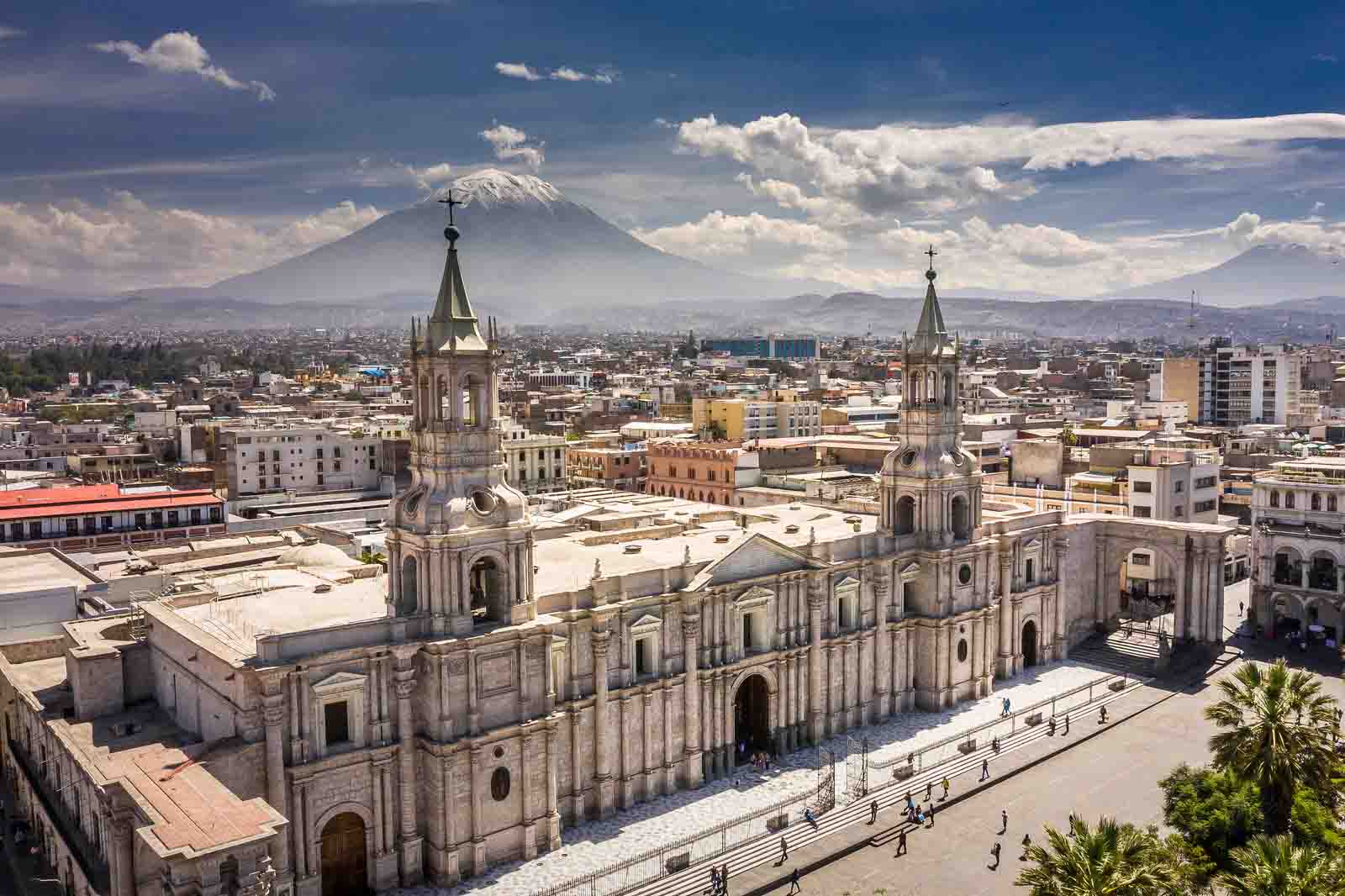
Staying Safe in the Peruvian Amazon
The Peruvian Amazon offers a unique adventure, but it's essential to prioritize safety while exploring. Here are some distinctions between Iquitos and Puerto Maldonado - the main visitor sites in this amazing region, along with specific safety tips for each location:
- Iquitos
- Transportation: Use reputable taxi services or rideshare apps. Avoid walking alone at night, especially in less populated areas.
- Health Precautions: Ensure you have necessary vaccinations and carry insect repellent to protect against mosquito-borne diseases.
- Street Food: Avoid uncooked foods and be cautious where you source your meals (Most of our travelers that visit with Voyagers will board and Amazon cruise so this is not an issue)
- Local Advice: Engage with local guides who can provide insights and ensure you navigate safely through the city and surrounding areas.
- Puerto Maldonado
- Wildlife Encounters: Be cautious when exploring wildlife areas. Follow guides' instructions to minimize risks associated with wildlife.
- Nighttime Safety: Similar to Iquitos, avoid walking alone after dark. Use organized tours for nighttime excursions.
- Stay Hydrated: The humid climate can be challenging. Drink plenty of water and be mindful of food hygiene to prevent illness.
Enjoy your adventure in the Peruvian Amazon while staying safe!

Health and Medical Concerns for Travelers
Stay healthy while traveling in Peru. Get the right vaccines before you go and be cautious about food and water safety.
Routine and pre-travel vaccines
Traveling to Peru in 2025- 2026? Vaccinations are necessary to stay safe. Here’s a detailed list of recommended vaccines for American tourists:
- Hepatitis A: This virus is common in Peru, specially if you are into street food. Get the vaccine before your trip.
- Hepatitis B: Especially if you might have contact with blood or body fluids, this vaccine is crucial.
- Yellow Fever: Parts of Peru require this shot, especially if visiting jungle areas.
- Influenza (Flu): Always smart to get your flu shot before traveling anywhere.
- Dengue and Zika Precautions: No vaccines yet, but use bug spray and wear long sleeves to protect against these diseases.
Stay safe and healthy on your trip!
Food and water safety tips
Food and water safety in Peru is crucial for visitors. Here are key tips to stay healthy while enjoying your trip.
- Eat cooked hot dishes: I always go for hot, thoroughly cooked meals. Properly cooked food kills harmful bacteria.
- Avoid raw or partially cooked foods: Sushi and salads look tempting, but they can carry germs that cause illness.
- Wash hands often: Handwashing with soap is essential. If no water is available, use hand sanitizer with at least 60% alcohol.
- Drink only bottled water: Tap water in Peru can be unsafe. Stick to bottled water, and check that the seal is intact before drinking.
- Prefer canned beverages: Canned sodas or juices are safer than drinks made with local tap water.
- Skip ice cubes: Ice can be made from untreated water. I never add ice to my drinks while in Peru.
Heading over to common safety issues, it’s important to understand...
Summary of Travel Tips for Safety in Peru
Keep an eye on your belongings, especially in crowded places like markets and buses. Speaking a little Spanish can also help get you out of tricky spots.
Respecting local customs and laws
In Peru, respecting local customs and laws is very important. For instance, always carry a photo ID. This includes carrying your passport or a copy of it. Local authorities might ask for identification at any time.
Drug laws in Peru are strict. Possessing even small amounts can lead to severe penalties, including jail time. Also, avoid taking antiques or certain plants out of the country—exporting them is illegal.
Dress modestly when visiting religious sites like churches or temples in Cusco and Lima. Follow these simple steps to stay safe on your trip:.
Transportation and Remote area Travel
Travelers should use reputable transit services. Avoid unlicensed taxis at all costs. Stick to known apps like Uber, but watch out for scams, such as premature ride pickups or fare hikes.
Remote locations in Peru can be risky. Always plan ahead and inform someone about your travel route. Carry a map and a charged phone if you lose signal or face an emergency.
When traveling off the beaten path consider hiring a driver or a guide. It not only assures you avoid unsafe areas, but also helps you save time and money by not getting lost and reaching the attractions you want to see without a hassle.
Stay aware of bus accidents, especially on mountain roads. Roads can be narrow and winding—drivers may not always follow traffic rules strictly. Stick to well-known transport companies; they have better safety records.
So, is Peru safe for American tourists in 2025? Once again, the short answer: YES!
It depends on where you go and how careful you are. Stay away from high-risk areas like VRAEM and the Colombian border. Follow travel advisories, take health precautions, and respect local laws.
By being cautious, you can enjoy everything Peru has to offer! Safe travels!
FAQs
1. Is Peru safe to travel to in 2025 - 2026?
Yes, but be cautious. Stay aware of your surroundings and follow local advice. Keep an eye on natural disaster warnings like floods or tsunamis.
2. Is Lima, Peru safe for tourists?
Lima can be safe if you stay in well-known areas and avoid risky neighborhoods. Watch out for traffic accidents and petty theft.
3. What should I know about the Inca Trail safety-wise?
Hiking the Inca Trail is generally safe; always follow the instructions given by your guide (it is mandatory to travel with a company that has permits and uses licensed guides). Be prepared for altitude sickness and unpredictable weather.
4. Are there health risks I should worry about in Peru?
Yes, if you are keen on drinking tap water, you risk catching a stomach infection. Avoid ice and uncooked foods (Ceviche is cooked in lemon). Diseases like malaria, zika virus, severe dengue, and chikungunya are present in certain areas (not in the high Andes). Get vaccinated against hepatitis B virus. In the Amazon and tropical areas, use insect repellent and wear long-sleeved shirts.
5. How do I handle my travel documents when visiting Peru?
Carry your passport at all times; it's required by law! Also, bring copies of your tourist visa or other travel documents as backups.
Check Our Suggested Tours:
- Following the Path to the Sacred Sun Gate
- From the Heart of the Jungle to the Sacred Mountain: A Luxury Expedition Through the Amazon & Ausangate 16d/15n
- Honeymoon In Peru - Peru Honeymoon Packages
- Family Adventure Tour
- Peru By Belmond Tour
- The Soul of Two Worlds: A Grand Amazon & Andes Expedition 14d/13n


